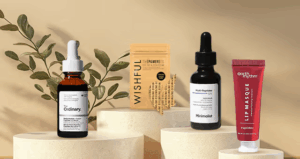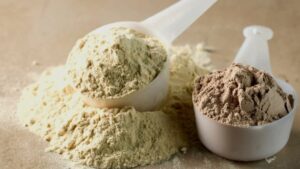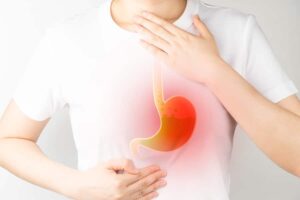
Carotenoid compounds are crucial in optimizing visual function and protecting eye health through complementary mechanisms. Several plant pigments accumulate in the retina, particularly in the macula, where they neutralize free radicals, filter harmful blue light, and support cellular signalling pathways. Research increasingly shows that specific combinations of carotenoids work synergistically to enhance visual performance beyond what individual compounds can achieve alone. The human eye naturally contains several types of caroten compounds, primarily lutein, zeaxanthin, and meso-zeaxanthin, which form the macular pigment. This protective layer acts as a natural filter in the retina, absorbing damaging blue light while allowing beneficial wavelengths to reach photoreceptors. This filtering function improves contrast sensitivity, reduces glare disability, and enhances visual processing speed, all critical components of real-world visual performance that standard visual acuity tests often fail to measure.
Beyond the basic nutrients
Different carotenoid compounds offer complementary benefits when consumed together:
- Lutein concentrates primarily in the peripheral retinal regions and improves peripheral vision
- Zeaxanthin accumulates in the central macula and enhances central visual function
- Meso-zeaxanthin provides potent antioxidant protection directly in the foveal centre
- Astaxanthin crosses the blood-retina barrier and offers additional neuroprotection
- Beta-carotene supports overall vitamin A status necessary for visual processes
The specific ratios between these compounds matter as much as their absolute amounts. Research indicates that combinations mimicking the natural proportions found in healthy retinas produce superior results compared to individual carotenoids or imbalanced mixtures. This finding explains why dietary sources containing multiple carotenoids often outperform isolated supplements in clinical studies measuring visual performance.
Real-world visual gains
Visual performance improvements from carotenoid supplementation manifest in everyday activities:
- Reduced glare recovery time when transitioning between bright and dim environments
- Enhanced ability to maintain visual performance in challenging lighting conditions
- Improved ability to distinguish objects against similarly colored backgrounds
- Better maintenance of visual function during prolonged screen time
- Faster visual processing speed in dynamic situations like driving or sports
These functional improvements often develop before any structural changes appear in imaging studies, suggesting that carotenoids optimize visual processing at the cellular and biochemical levels before accumulating in sufficient quantities to be measured as increased macular pigment density. This timeline explains why some individuals report subjective improvements within weeks, while objective measures may require months of consistent intake. Long-term observational studies demonstrate that individuals with higher dietary carotenoid intake and greater macular pigment density maintain better visual function into their later decades. This preservation extends beyond preventing disease to maintaining optimal performance, allowing for sharper contrast sensitivity, better low-light vision, and reduced visual fatigue during demanding visual tasks. The protective effects accumulate over time, suggesting that earlier intervention provides greater long-term benefits.
Dietary sources matter
While supplements offer concentrated doses of carotenoids, food-derived compounds may provide additional cofactors that enhance absorption and utilisation. Green leafy vegetables supply substantial lutein, while orange and yellow fruits and vegetables provide various carotenoid compounds, including zeaxanthin. Orange-red foods often contain cryptoxanthin and other complementary carotenoids that support visual function through multiple pathways. The fat-soluble nature of carotenoids means that consuming them with healthy dietary fats significantly improves their absorption and transport to retinal tissues. This bioavailability factor explains why traditional diets pairing carotenoid-rich vegetables with modest amounts of healthy fats strongly correlate with visual health outcomes in population studies. The cooking process often increases carotenoid bioavailability by breaking down cellular structures that limit absorption in raw foods.






